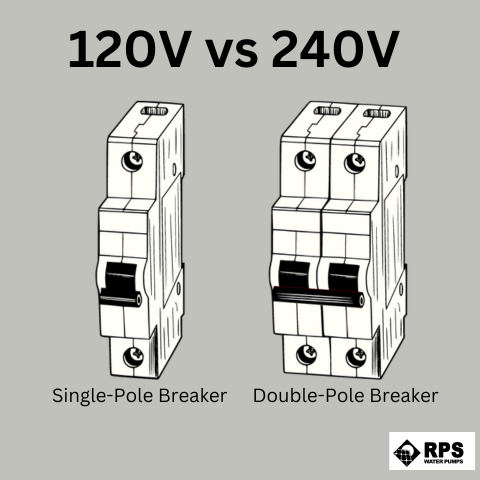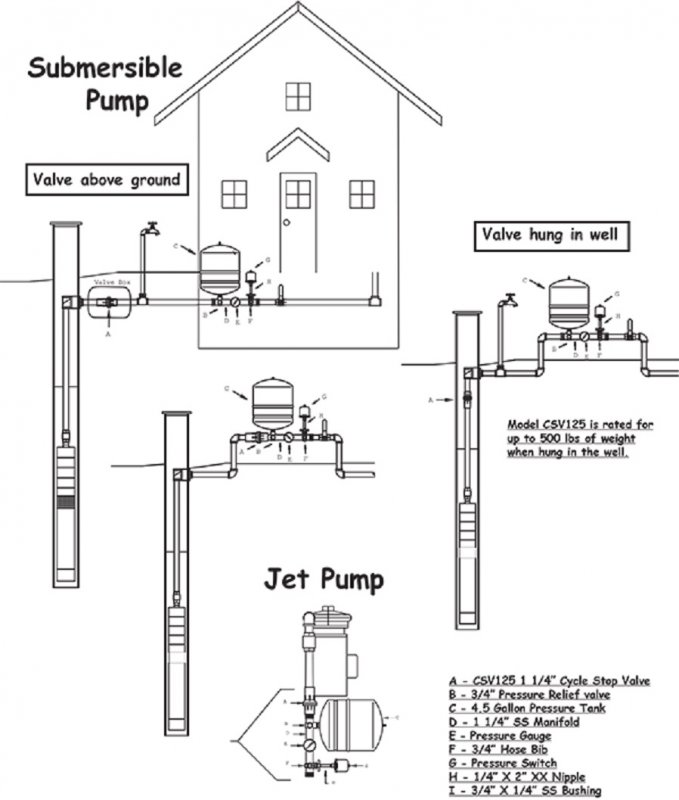My goodness, this well pump thing, it’s a head-scratcher, ain’t it? Is it 110 or 220? People keep askin’, and I keep hearin’ different things. One person says one thing, another person says somethin’ else. It’s like askin’ if the sky is blue or green – you get all kinds of answers!
Well pump, you see, some folks say it can be either 110 or 220. Depends on the thing, the kind, you know. Like those shoes you buy, some are size 7, some are size 10. Depends on your feet! Same with these pumps, I reckon. Some well pumps need that 110, others, they need that big 220. Like how some folks need a little push, others need a big shove to get goin’.
I heard someone talkin’ ’bout replacin’ their pump. That submersible one, or was it surface? I don’t remember. That’s a mouthful, ain’t it? They’s always askin’, “What voltage is this old pump usin’?” Like it’s some secret code. They is worryin about those 110v well pump.

And these young folks, they got all these questions. “Which pump do I need?” they ask. Like I’m some kind of pump doctor! It’s not like pickin’ apples from a tree. You gotta know your well, how deep it is, how much water you need. Like knowin’ how many taters you need for a stew. You need a lot of water, you need a strong well pump, I suppose.
- Some folks, they talk about testin’ the “amp draw.”
- Sounds like drawin’ a picture, but I don’t think that’s it.
- It’s all about that power, that electricity.
- Like how much juice you need to light up a room.
I heard these pumps, they use that “centrifugal force.” Sounds fancy, don’t it? But all it means is it spins around real fast, like when you swing a bucket of water and the water don’t fall out. That’s how it gets the water up from way down there, up to your house, to your sink, your shower. So you can wash your dishes and take a bath. It’s important, this well pump business.
And the “amperage,” that’s another thing. Depends on the horsepower, they say. Like horses pullin’ a plow. More horses, more power. And the voltage, that’s like… well, I don’t rightly know. But it’s important, too. It’s all connected, like a quilt, all these pieces makin’ somethin’ that works. 220 volt well pump are generally more energy-efficient. But small pumps in the USA may use 120 volts single phase.
They say the motor, it needs a big push to start, like gettin’ an old mule movin’. Needs that surge of power. Then it runs regular, like an old dog trottin’ along. And that wattage, that’s the power it needs after it’s started. It’s all a bit much for me, but the young folks, they seem to understand it.
Now, most folks’ homes, they got that single-phase 230 volts. Sounds like somethin’ from a movie, don’t it? But some of those smaller pumps, they use 120 volts. And the big places, like factories I guess, they might need even bigger, 208, 230, or even 480 volts! And 3-phase, too. It’s like a whole different language, ain’t it?
They say those 220-volt pumps, they’re more efficient. Means they use less electricity, I think. Like a thrifty woman savin’ her pennies. That’s good, ’cause electricity costs money. And in the long run, it saves you some dough. For normal use, you want a well pump that runs on standard 110-volt circuits. But in industrial setting, you may need a 220 or 4690-volt pump.
And you might need a generator, too, to run that well pump. Like when the power goes out, you still need water. It’s like havin’ a backup plan, like keepin’ extra candles in the drawer. It’s all about water, need water everyday.

So, is a well pump 110 or 220? Well, it depends. On the pump, on the well, on how much water you need. It’s like askin’ how long a piece of string is. It depends on the string! Just remember to ask someone who knows about these things, before you go buyin’ one. Don’t want to end up with the wrong size, like buyin’ shoes that don’t fit!















